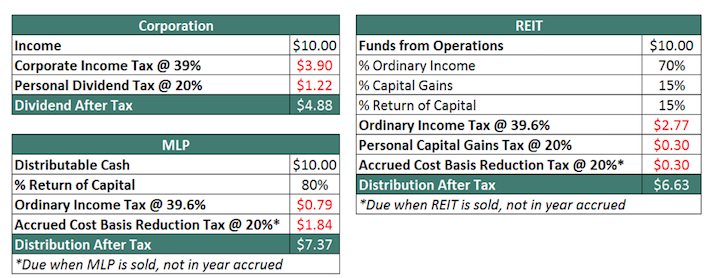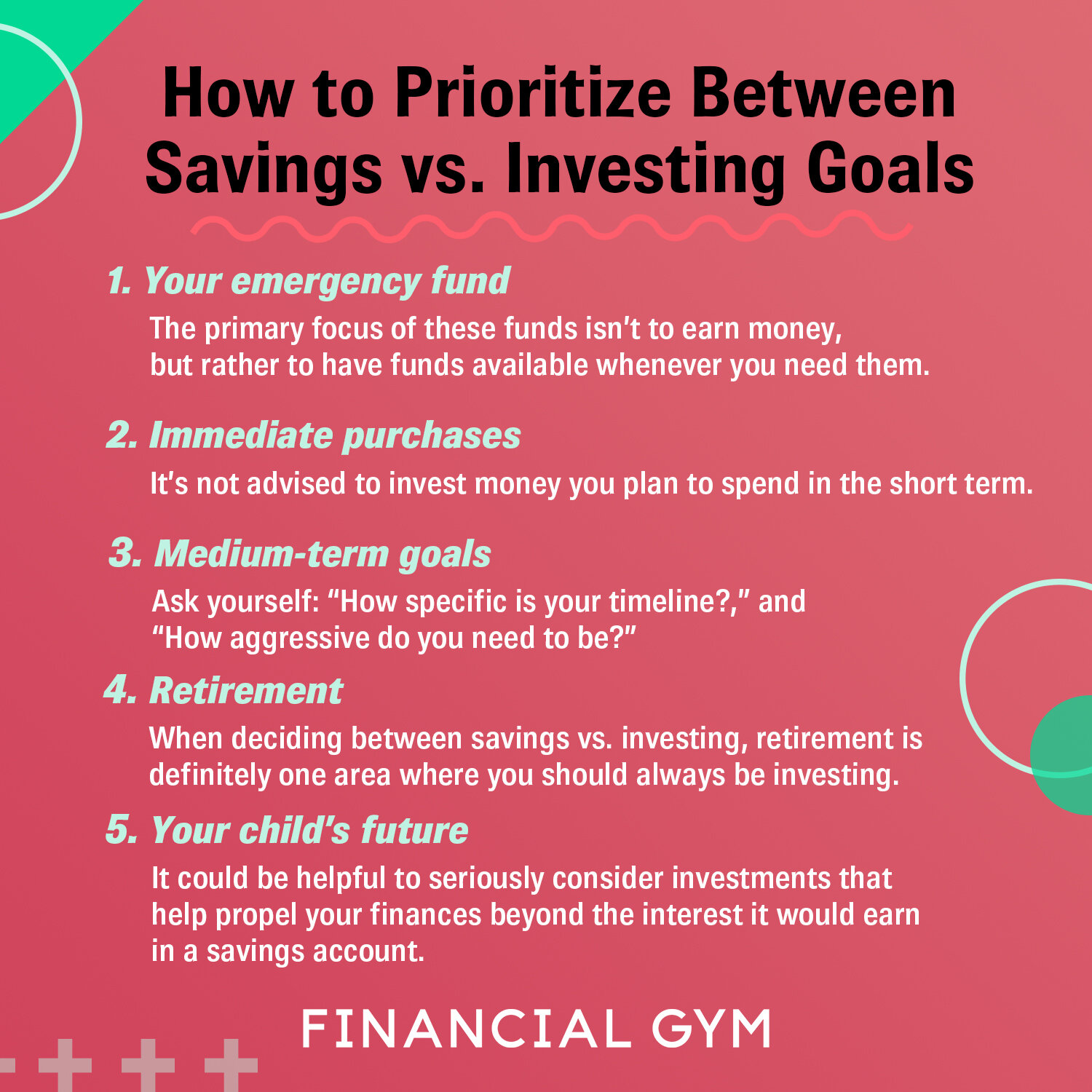
It is important to look for quality REITs when searching for investments. Quality real estate is important, as well as great tenants. There are many investment options available. Some prefer to work with professionals. There are many important things to consider when selecting a REIT. The following article will show you how evaluate REITs. This includes how to choose the right mutual fund, and how to assess the REIT's value.
Investing In A REIT
An excellent way of investing in rental properties is to invest in real estate investment trusts (REITs), especially if your budget is limited. REITs are able to offer investors special tax advantages. In addition to the 20% pass-through deduction, investors can also take advantage of depreciation, as long as the investment company pays out 90% of its earnings in dividends.
The downside to owning a Reit is that unlike bonds and stocks, they can't easily be traded and can't even be sold. REITs invest their income in assets that generate income and distribute that income monthly to shareholders. Although REITs must give 90% of their profits back to shareholders under law, income tax rates for REITs can be higher. It is not recommended to invest in a REIT as a first investment.

Qualifiers for a REIT
The REIT must distribute to investors at most ninety percent its taxable earnings. Also, a REIT can't be an insurance company or bank. It must have at most one director. All shareholders must own transferable certificates or shares of REIT stock. Additionally, each shareholder must have held shares for at least three-quarters of a calendar year.
A minimum of seven5% must be held by individual investors in order to qualify as a REIT. These assets must in general be real-estate. U.S. GAAP measures a REIT’s gross assets as at least fifty five percent real property. This includes real estate, government securities, cash, and other assets.
Methods of evaluating a REIT
When choosing a REIT, investors should take into account the asset type of business that occupies it. Investors will be pleased to know that long-term leases lock revenues in the future. Industrial and retail REITs on the other side have a high chance of remaining stable over the long-term. They should also pay attention to the country and sector in which the REIT operates. Investors should consider the REIT’s recent property sales in addition to assessing its portfolio size. In general, REITs can make more money by selling off underperforming assets, and these are a sign of good management.
A REIT's investment grade credit rating is another crucial factor to consider. BBB or better on the Standard & Poor’s Scale is an investment grade credit rating. A high credit rating can indicate a quality REIT, and it can also be a competitive advantage in the rental industry. It is important to remember that not all REITs have high credit ratings.

Value of a REIT
How do you find out the value of a REIT? A REIT's value can be determined by adding up its various real estate assets. Although this will give you an idea of the total value of the REIT overall, it is not a complete appraisal. Before investing in the REIT, it is better to do a more detailed appraisal. You can determine the value per share by checking the respective property and/or region's values. Investors should be aware, however, of the capital expenditures that REITs are required to make every so often.
A dividend payout ratio is another important metric that should be considered when determining the Value a REIT you wish to invest in. This ratio is expressed in percentages of profits. It helps you evaluate the sustainability of a REIT’s dividend payout. The dividend payout ratio should be 70-80% of FFO and below if it's above this threshold. A REIT may be looking to reduce its dividend by having a high ratio. You should also consider the nature and type of leases of tenants.
FAQ
What is a Bond?
A bond agreement is a contract between two parties that allows money to be transferred for goods or services. Also known as a contract, it is also called a bond agreement.
A bond is typically written on paper, signed by both parties. The document contains details such as the date, amount owed, interest rate, etc.
A bond is used to cover risks, such as when a business goes bust or someone makes a mistake.
Sometimes bonds can be used with other types loans like mortgages. The borrower will have to repay the loan and pay any interest.
Bonds can also raise money to finance large projects like the building of bridges and roads or hospitals.
When a bond matures, it becomes due. This means that the bond's owner will be paid the principal and any interest.
Lenders can lose their money if they fail to pay back a bond.
What is a mutual-fund?
Mutual funds are pools or money that is invested in securities. Mutual funds offer diversification and allow for all types investments to be represented. This helps reduce risk.
Professional managers oversee the investment decisions of mutual funds. Some mutual funds allow investors to manage their portfolios.
Most people choose mutual funds over individual stocks because they are easier to understand and less risky.
What is a Stock Exchange, and how does it work?
Stock exchanges are where companies can sell shares of their company. This allows investors to purchase shares in the company. The price of the share is set by the market. It is typically determined by the willingness of people to pay for the shares.
Investors can also make money by investing in the stock exchange. Companies can get money from investors to grow. This is done by purchasing shares in the company. Companies use their money to fund their projects and expand their business.
Many types of shares can be listed on a stock exchange. Some of these shares are called ordinary shares. These are most common types of shares. Ordinary shares are traded in the open stock market. Prices of shares are determined based on supply and demande.
Preferred shares and bonds are two types of shares. When dividends are paid, preferred shares have priority over all other shares. These bonds are issued by the company and must be repaid.
How can someone lose money in stock markets?
The stock market does not allow you to make money by selling high or buying low. It's a place you lose money by buying and selling high.
The stock market is for those who are willing to take chances. They will buy stocks at too low prices and then sell them when they feel they are too high.
They want to profit from the market's ups and downs. They might lose everything if they don’t pay attention.
Statistics
- Ratchet down that 10% if you don't yet have a healthy emergency fund and 10% to 15% of your income funneled into a retirement savings account. (nerdwallet.com)
- "If all of your money's in one stock, you could potentially lose 50% of it overnight," Moore says. (nerdwallet.com)
- Our focus on Main Street investors reflects the fact that American households own $38 trillion worth of equities, more than 59 percent of the U.S. equity market either directly or indirectly through mutual funds, retirement accounts, and other investments. (sec.gov)
- For instance, an individual or entity that owns 100,000 shares of a company with one million outstanding shares would have a 10% ownership stake. (investopedia.com)
External Links
How To
How to open and manage a trading account
Opening a brokerage account is the first step. There are many brokerage firms out there that offer different services. There are some that charge fees, while others don't. Etrade (TD Ameritrade), Fidelity Schwab, Scottrade and Interactive Brokers are the most popular brokerages.
After opening your account, decide the type you want. These are the options you should choose:
-
Individual Retirement Accounts, IRAs
-
Roth Individual Retirement Accounts (RIRAs)
-
401(k)s
-
403(b)s
-
SIMPLE IRAs
-
SEP IRAs
-
SIMPLE 401 (k)s
Each option offers different advantages. IRA accounts offer tax advantages, but they require more paperwork than the other options. Roth IRAs give investors the ability to deduct contributions from taxable income, but they cannot be used for withdrawals. SIMPLE IRAs are similar to SEP IRAs except that they can be funded with matching funds from employers. SIMPLE IRAs are very simple and easy to set up. They allow employees to contribute pre-tax dollars and receive matching contributions from employers.
Finally, you need to determine how much money you want to invest. This is known as your initial deposit. A majority of brokers will offer you a range depending on the return you desire. Based on your desired return, you could receive between $5,000 and $10,000. This range includes a conservative approach and a risky one.
You must decide what type of account to open. Next, you must decide how much money you wish to invest. There are minimum investment amounts for each broker. These minimums can differ between brokers so it is important to confirm with each one.
After you've decided the type and amount of money that you want to put into an account, you will need to find a broker. Before choosing a broker, you should consider these factors:
-
Fees - Make sure that the fee structure is transparent and reasonable. Many brokers will offer rebates or free trades as a way to hide their fees. However, many brokers increase their fees after your first trade. Be wary of any broker who tries to trick you into paying extra fees.
-
Customer service - Look for customer service representatives who are knowledgeable about their products and can quickly answer questions.
-
Security - Look for a broker who offers security features like multi-signature technology or two-factor authentication.
-
Mobile apps - Find out if your broker offers mobile apps to allow you to view your portfolio anywhere, anytime from your smartphone.
-
Social media presence - Find out if the broker has an active social media presence. If they don’t, it may be time to move.
-
Technology - Does this broker use the most cutting-edge technology available? Is the trading platform user-friendly? Is there any difficulty using the trading platform?
After you have chosen a broker, sign up for an account. Some brokers offer free trials while others require you to pay a fee. You will need to confirm your phone number, email address and password after signing up. Next, you'll have to give personal information such your name, date and social security numbers. Finally, you'll have to verify your identity by providing proof of identification.
After your verification, you will receive emails from the new brokerage firm. These emails contain important information and you should read them carefully. This will include information such as which assets can be bought and sold, what types of transactions are available and the associated fees. Keep track of any promotions your broker offers. These could be referral bonuses, contests or even free trades.
The next step is to create an online bank account. An online account can usually be opened through a third party website such as TradeStation, Interactive Brokers, or any other similar site. Both websites are great resources for beginners. You'll need to fill out your name, address, phone number and email address when opening an account. Once this information is submitted, you'll receive an activation code. To log in to your account or complete the process, use this code.
Now that you've opened an account, you can start investing!